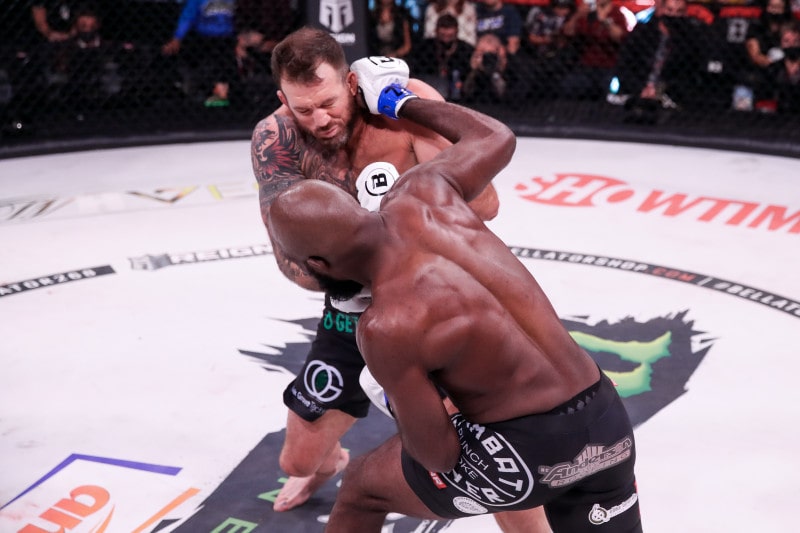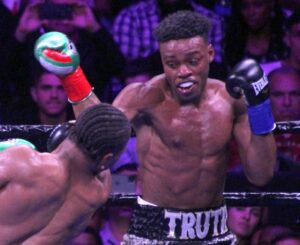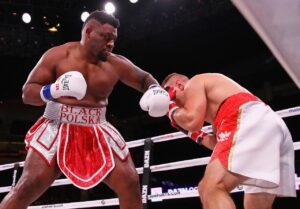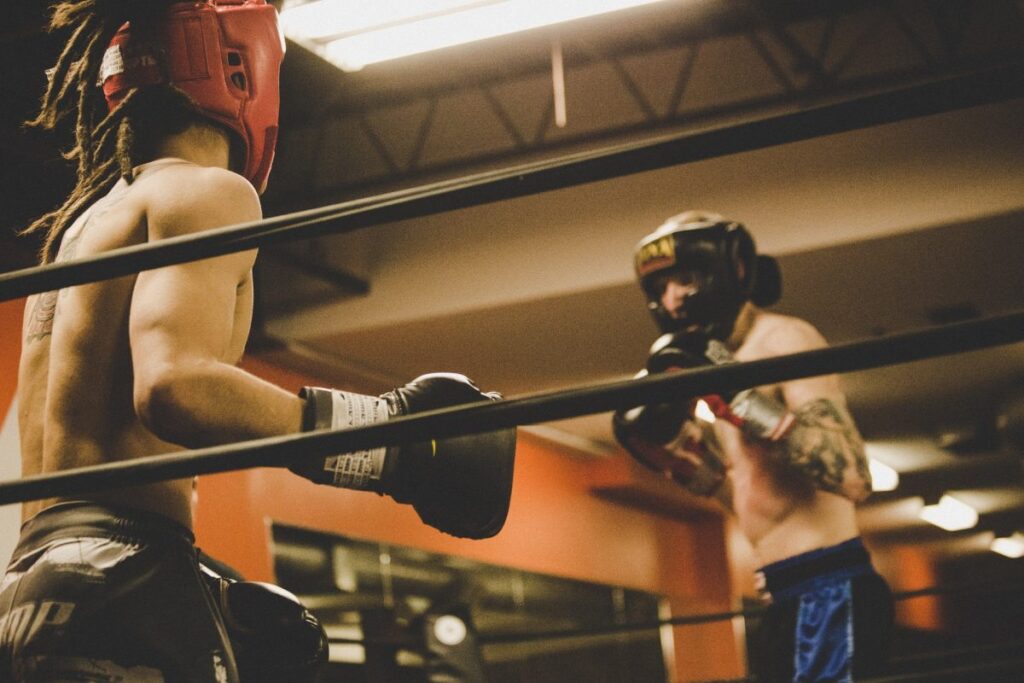
Under the ear is a type of punch used in martial arts such as boxing, and literally means below the ear.
If this vital point is attacked, the sense of balance will be impaired, making it difficult to stand.
Unlike the back of the head, under the ear is not a foul hit.
目次
Effect of under-the-ear
There are semicircular canals located under the ears and near the back of the ears.
The semicircular canals are the organs that control the human sense of balance.
When this organ goes out of order, it becomes difficult to stand normally.
This is why it is easy to collapse when a blow hits the back of the ear or below the ear, which is near the semicircular canal.
because it can be easily defeated
In martial arts such as boxing, there are punches that aim at this vital point.
That punch is called the under-the-ear.

How to hit under the year
The typical way to hit under the year is with a hook.
To punch the back of the ear of an opponent facing you
The trick is to release the hook with your arm slightly open (swinging).
Of course, the angle of the hook will change depending on the distance to the opponent.
If you can punch the back of the ear, it will become an under-ear (it will also be effective)
It is OK to throw a straight punch to the back of the ear when the opponent is looking to the side.

How to learn under the year
It would be nice to be able to hit the right punch with all your might, but in a match, your opponent is moving and you get tired, which makes it difficult to concentrate.
It is difficult to accurately punch the vital points such as the jaw and under the ear.
If you can do that from the beginning, all martial artists will have no trouble.
Through daily practice, martial artists
I will train you to punch where you aim even when you are tired.
Mitt hitting, sandbag, punching ball, etc…
Boxers and martial artists strive to hit the vital points of the human body with full force.
Please try not to fight in the street.

What is the strongest punch in boxing?
Competitions called striking martial arts such as boxing and kickboxing
The strongest punch is the right straight (or left straight if you are left-handed).
The reason for this is that the punch utilizes the movement of the whole body and is thrown with your own body weight, so it has far more destructive power than other punches.
However, the most destructive punch is a straight punch.
Judging from the KO rate and the degree of danger to the human body, hooks aimed at the temple and uppercuts aimed at the jaw fired with the dominant hand are also dangerous.
Personally, I think a hook aimed at the temple is the strongest punch.
Straight punches come from the front, so they are easy to defend even though they have destructive power.
A hook is a punch that comes from the side of a hardened guard, so you can target gaps in the opponent’s consciousness.
The most effective punch, the strongest punch, the fastest punch (this is a jab), etc.
The debate about the strongest punch has been going on for a long time.
If you are interested, it might be interesting to look into it.

List of foul strikes in boxing
At the end

Boxing is famous for punches such as jabs, straights, hooks, and uppercuts.
In order to efficiently knock down your opponent according to the rules, use lever blows, hits to the solar plexus, punches aimed at the jaw and temples, etc.
There are also many punches that target vital points on the human body.
Under the Year is also one of those “savage” punches.
Even if you have learned something here, please do not use it with the general public.



